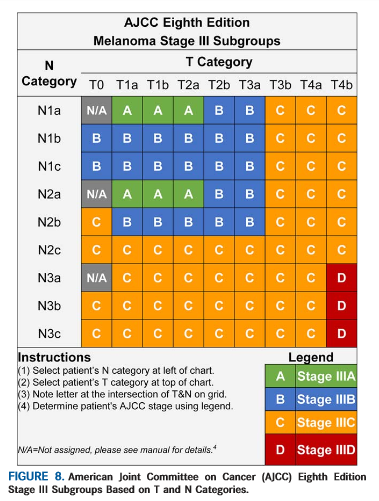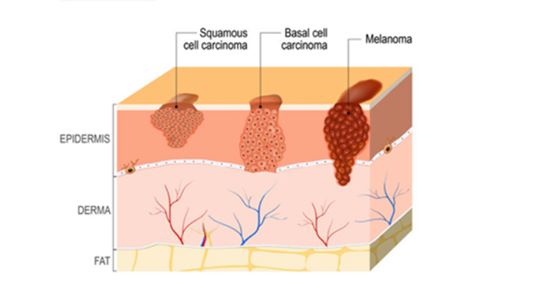Welcome to the Save Your Skin Foundation media flashback- your weekly guide to the melanoma landscape, and the activities of the Save Your Skin Foundation! This week, we are excited to point you towards the most recent publication Save Your Skin has been involved in, “CONSENSUS REPORT: Recognizing non-melanoma skin cancer, including actinic keratosis, as an occupational disease- A Call to Action,” in the Journal of the European Academy of Dermatology and Venereology! We’d also like to remind you of our next event, our “Mountain or Mole Hill?” skin cancer forum in Nanaimo, BC, on October 6th! Details can be found in the banner below.
Here are some links we shared with you this week:
-A reminder to check out our “Melanoma Through my Lens” project, if you haven’t already!
–This blog post by Doris Day, M.D., about the importance of sunscreens and choosing the right one for you
–This Centers for Disease Control and Prevention guide to sun safety for children, which includes resources about sun safety for students
–This article from the Canadian Cancer Society’s Research Information Outreach Team about the emergence of oncolytic virus therapy
–This story in The Globe and Mail about Dr. Brian Day’s fight to lift the ban on paid-for private health care for “medically necessary” care
Thanks for reading, and be sure to stay sun safe even when the weather is cooling off!









 Staging is commonly used in melanoma diagnosis and treatment to indicate the advancement and severity and cancer in a patient. Melanoma stages range between 0-IV based on the TNM (tumour, nodes, metastasis) system. The
Staging is commonly used in melanoma diagnosis and treatment to indicate the advancement and severity and cancer in a patient. Melanoma stages range between 0-IV based on the TNM (tumour, nodes, metastasis) system. The There are several different routes to being diagnosed with melanoma. The first step is generally a physical screening, during which your physician will check your skin for moles or other abnormalities and ask questions, such as if there have been any changes in your skin or moles, or the length of time you have had certain moles. In order to accurately answer these questions, it helps to self-examine your skin monthly to keep track of any changes; more information on moles and skin self-examinations can be found
There are several different routes to being diagnosed with melanoma. The first step is generally a physical screening, during which your physician will check your skin for moles or other abnormalities and ask questions, such as if there have been any changes in your skin or moles, or the length of time you have had certain moles. In order to accurately answer these questions, it helps to self-examine your skin monthly to keep track of any changes; more information on moles and skin self-examinations can be found 